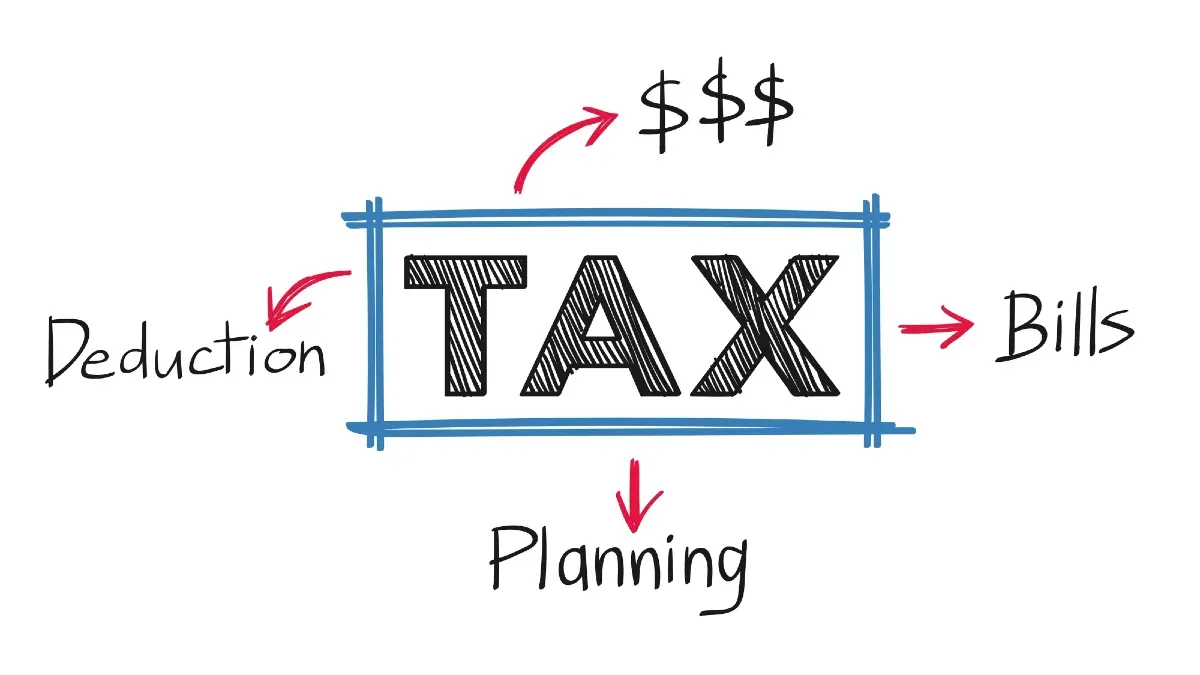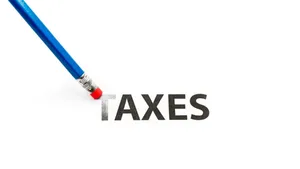Getting organized is the first step toward a stress-free tax season. The documents you need depend on your life—are you employed, self-employed, a homeowner, or an investor?
This checklist breaks down the forms you'll likely receive and the receipts you need to gather to ensure you maximize deductions and accurately report all income.
Personal & Foundational Information
You need these details for every person listed on your return.
- Identification: Government-issued photo ID (Driver's License or Passport).
- Identification Numbers:
- Your SSN or ITIN (Social Security Number or Individual Taxpayer Identification Number).
- Spouse's full name and SSN/ITIN.
- Dependents' names, SSNs/ITINs, and dates of birth.
- Filing Reference: A copy of last year's tax return (needed for your Adjusted Gross Income, or AGI, if e-filing).
- Banking: Bank account and routing numbers (to receive a refund via direct deposit).
- IRS Letters: Any IRS or state notices or letters received during the tax year (e.g., identity protection PIN).
Documents Reporting Income
These forms are usually mailed or posted to your online accounts by your employer or financial institution by the end of January or mid-February.
| Income Source | Form(s) to Expect | What It Reports |
| Employment | Form W-2 | Wages, tips, federal, state, and local taxes withheld. |
| Self-Employment/Freelance/Gig Work | Form 1099-NEC | Non-Employee Compensation (payments over $600). |
| Online Payments | Form 1099-K | Payments received via payment cards or third-party networks (e.g., PayPal, Venmo, eBay). |
| Interest Income | Form 1099-INT | Interest income received from banks or brokerage cash accounts. |
| Dividends | Form 1099-DIV | Dividends and other distributions from investments. |
| Brokerage Sales | Form 1099-B | Proceeds from the sale of stocks, bonds, crypto, or other securities (reports capital gains/losses). |
| Retirement Income | Form 1099-R | Distributions from IRAs, pensions, or annuities. |
| Unemployment/State Refund | Form 1099-G | Unemployment compensation or state tax refunds received. |
| Social Security | Form SSA-1099 | Social Security benefits received. |
| Rent/Royalties/Other | Form 1099-MISC | Miscellaneous income sources, including rents and royalties. |
| Business/Trust/Partnership | Schedule K-1 | Income or losses from estates, trusts, partnerships, or S-corporations. |
Documents for Deductions & Credits
These documents help reduce your taxable income or lower your tax bill directly. Keep receipts and records for all amounts claimed.
| Deduction/Credit Category | Required Document/Record | What It Helps Claim |
| Homeownership | Form 1098 (Mortgage Interest Statement) | Mortgage interest paid and, often, property taxes paid. |
| Education | Form 1098-T (Tuition Statement) | Tuition and fees paid to an educational institution. |
| Student Loans | Form 1098-E | Interest paid on qualified student loans. |
| Retirement & Savings | Form 5498 (IRA Contributions) | Traditional or Roth IRA contributions made during the year. |
| Healthcare | Form 1095-A (Health Insurance Marketplace Statement) | Required if you purchased insurance through the Health Insurance Marketplace. |
| Charitable Giving | Receipts/Bank Statements | Cash or non-cash donations to qualified charities. |
| Childcare | Receipts and Provider's TIN | Expenses paid for the care of a child under 13 while you worked. |
| Self-Employment Expenses | Receipts, mileage logs, bank statements | Records of business expenses for use on Schedule C. |
Conclusion: Organization Leads to Confidence
Tax season doesn't have to be a scramble. By proactively using this checklist and gathering your W-2s, 1099s, and deduction receipts as they arrive, you ensure two things: accuracy in your filing and confidence in your numbers. Remember to store all copies digitally and physically for at least three years after filing. A few hours of organization now saves massive headaches later!






